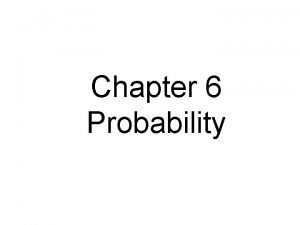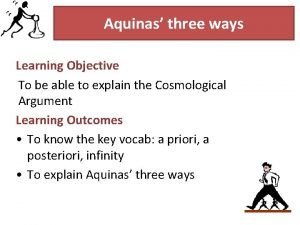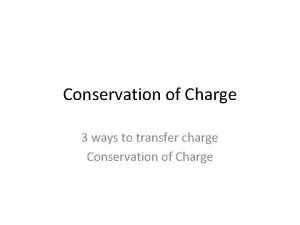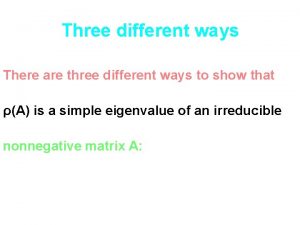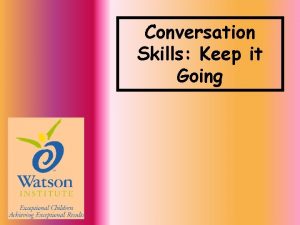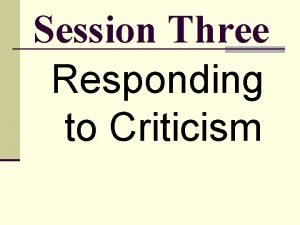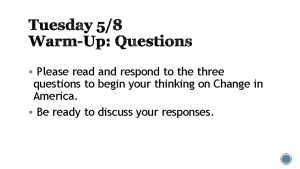Chapter 4 Three Ways to Respond 4 Three












- Slides: 12

Chapter 4 Three Ways to Respond

4: Three Ways to Respond • Problem: when writers take too long to declare their position relative to the views they’ve summarized/quoted • Frustrates readers • Complexity/Originality of you response more likely to be noticed • Direct, no-nonsense move to state your position clearly

4: Three Ways to Respond • I agree… • I disagree… • I am of two minds. I agree that… but I cannot agree that…

4: Three Ways to Respond Disagree- and explain why • Poses hidden challenges • You have to offer persuasive reasons WHY – Because the argument fails to take relevant factors into account – Because it’s based on faulty or incomplete evidence – Because it rests on questionable assumptions – Because it uses flawed logic, is contradictory – Because it overlooks what you perceive to be the real issue

4: Three Ways to Respond • To move the conversation forward, you need to demonstrate that yourself have something to contribute • “Duh move” - It is true that…; but we already knew that. (disagree with the assumption that it is new or stunning info) • “Twist-it move” – you agree with the evidence, but show a twist of logic that this evidence actually supports your own position

4: Three Ways to Respond X argues for stricter gun control legislation, saying that the crime rate is on the rise and that we need to restrict the circulation of guns. I agree that the crime rate is on the rise, but that’s precisely why I oppose stricter gun control legislation. We need to own guns to protect ourselves against criminals. • It is better to state our disagreements in frank (yet considerate) ways than to deny them • There is usually no reason to take issue with every aspect of someone else’s views

4: Three Ways to Respond • • • Agree- but with a difference You need to do more than simply echo views you agree with Bring something new and fresh to the table Be a valuable participant in the conversation Point out some unnoticed evidence Cite some corroborating personal experience An accessible translation

4: Three Ways to Respond • See templates for agreeing • Sometimes don’t like to admit that someone else has already said something • As long as you can support a view without merely restating what he/she said • When agreeing with someone, you’re most likely disagreeing with someone else!!

4: Three Ways to Respond • • • Agree and Disagree Simultaneously Helps us get beyond the “is not/is too” exchanges of immature argument Enables your readers to place your argument on a “map” of the broader conversation Keeps it sufficiently complex Can be tipped subtly toward one side or the other Templates for agreeing and disagreeing

4: Three Ways to Respond • Can be useful if unsure of your position • You need to be as clear as possible. Making a frank statement that you are ambivalent is one way to do that • If done correctly, admitting ambivalence does not make you wishy-washy. • Can show complex thinking

4: Three Ways to Respond Exercise Read the following passage by Jean Anyon, an education professor at Rutgers University, Newark. As you’ll see, she summarizes the arguments of several other authors before moving on to tell us what she thinks. Does she agree with those she summarizes, disagree, or some combination of both? How do you know? (look for templates!)

4: Three Ways to Respond Exercise Choose one point that the author makes. Use a “they say” template to intro either a quote or a summary of the piece. Write the same “they say” three times. Then write three follow-up sentences: one that is agreeing with a difference, one that is disagreeing with a reason, and one that is doing both!!
 Show me the way lord
Show me the way lord Gods ways are not our ways
Gods ways are not our ways What are three stimuli that plants respond to
What are three stimuli that plants respond to Note three provisions in japan’s new constitution
Note three provisions in japan’s new constitution The three ways of assigning probability are
The three ways of assigning probability are Aquinas three ways
Aquinas three ways Explain three ways of
Explain three ways of Guyots
Guyots Ways to transfer charge
Ways to transfer charge How to describe motion
How to describe motion Three ways to solve systems of equations
Three ways to solve systems of equations Three ways to persuade by john edlund
Three ways to persuade by john edlund The expression of leave taking
The expression of leave taking




